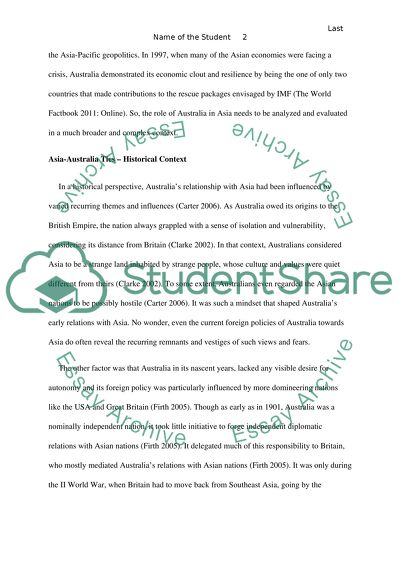Cite this document
(“Australian study Essay Example | Topics and Well Written Essays - 1750 words”, n.d.)
Retrieved from https://studentshare.org/literature/1423758-australian-study
Retrieved from https://studentshare.org/literature/1423758-australian-study
(Australian Study Essay Example | Topics and Well Written Essays - 1750 Words)
https://studentshare.org/literature/1423758-australian-study.
https://studentshare.org/literature/1423758-australian-study.
“Australian Study Essay Example | Topics and Well Written Essays - 1750 Words”, n.d. https://studentshare.org/literature/1423758-australian-study.


